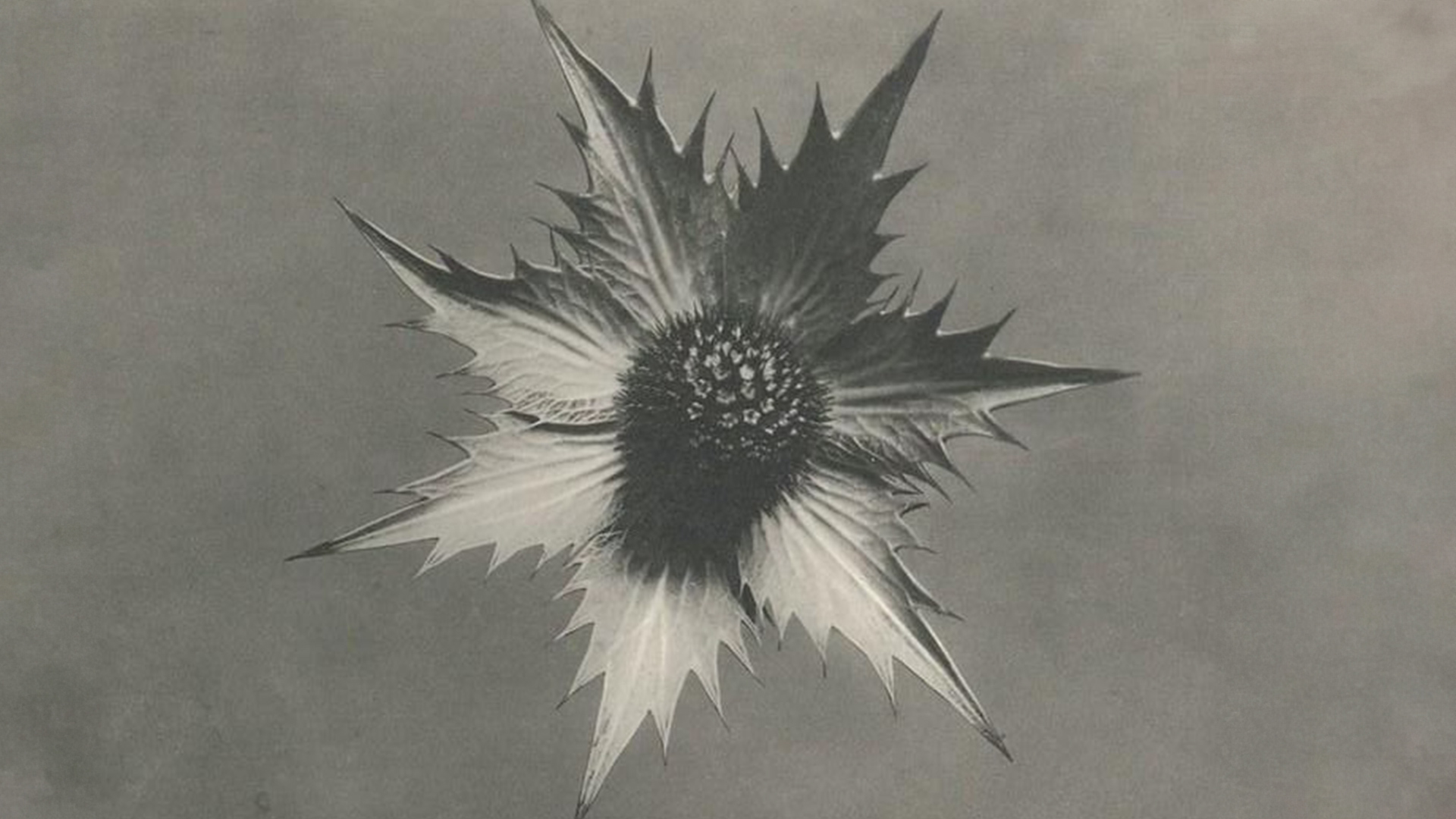Yoko Ono - Cut Piece, 1960s

“It was a form of giving, giving and taking. It was a kind of criticism against artists, who are always giving what they want to give. I wanted people to take whatever they wanted to, so it was very important to say you can cut wherever you want to.” - Yoko Ono In 1964, Yoko Ono first performed her Cut Piece in Kyoto’s Yamaichi Concert Hall. She kneels on stage accompanied only by a pair of scissors and invites the audience to come up one by one to cut away a piece of her clothing. As they do so, Ono remains silent and, for the most part, motionless. She performed the piece in four more cities: Tokyo 1965, New York 1965, London 1966, and Paris 2003. The score for the piece was printed in the program for one of her Tokyo shows and in her book Grapefruit (1964). It’s important to note that while many people choose to interpret Cut Piece as a proto-feminist performance, the score indicates in a 1971 reprint that “the performer, however, does not have to be a woman.” It also allows the performer to end the piece whenever they want to, giving them an important sense of agency over a performance that already affords the audience a lot of control.
So if the performer does not need to be a woman, what is Ono attempting to say with Cut Piece if it’s not an entirely feminist point of view (because while that view exists–in regards to society’s objectification of women’s bodies without their consent–it’s not all that’s here)? She removes the barrier between artist and audience by allowing the audience to interact directly with the piece of art–the performance would not exist without their participation. This lowering of the barrier makes the audience responsible for their own experience and the tone of the performance. In fact, Ono’s different performances were unique because of this–in one of the London performances, she was stripped completely nude. The audience, different each night in each place, took from her what they wanted to. But Ono allows the performer to retain some agency: in the New York performance, one audience member cuts away her bra strap, and she chooses to move her arms in order to cover her breasts from exposure.
It’s a shame that Ono’s work as an artist was later eclipsed by her sensationalized relationship with John Lennon. Regardless of personal interpretation of Cut Piece, this performance art was monumentally influential to artists to follow in the space, inspiring them to push the boundaries between art and audience even further.
So if the performer does not need to be a woman, what is Ono attempting to say with Cut Piece if it’s not an entirely feminist point of view (because while that view exists–in regards to society’s objectification of women’s bodies without their consent–it’s not all that’s here)? She removes the barrier between artist and audience by allowing the audience to interact directly with the piece of art–the performance would not exist without their participation. This lowering of the barrier makes the audience responsible for their own experience and the tone of the performance. In fact, Ono’s different performances were unique because of this–in one of the London performances, she was stripped completely nude. The audience, different each night in each place, took from her what they wanted to. But Ono allows the performer to retain some agency: in the New York performance, one audience member cuts away her bra strap, and she chooses to move her arms in order to cover her breasts from exposure.
It’s a shame that Ono’s work as an artist was later eclipsed by her sensationalized relationship with John Lennon. Regardless of personal interpretation of Cut Piece, this performance art was monumentally influential to artists to follow in the space, inspiring them to push the boundaries between art and audience even further.
Join the Club
Follow the organizations you care about, track and bookmark events as they're announced—discover your next enriching experience on Ode.
